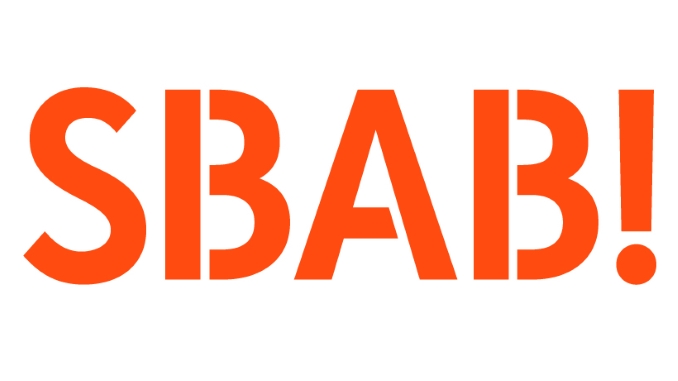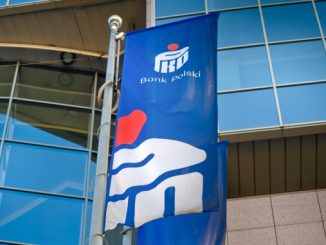
SBAB served the Swedish environmental cause and its local investor base with a SEK1.75bn (EUR183m) five year green bond on Wednesday, according to the bank’s head of funding, while the senior unsecured deal was seen coming some 6bp through its curve.
SBAB was in June 2016 the first Swedish bank to issue a green bond, a SEK2bn five year deal.
“We have for a few years now integrated sustainability into the overall daily work of SBAB on both operational and strategic levels,” Anders Hult, head of funding at SBAB, told Sustainabonds. “So in that sense it seems quite natural for us to once again provide green bonds to the market as part of the sustainability work within SBAB.
“And for us it contributes to both national and global goals when it comes to, for example, reducing carbon emissions in Sweden and globally.”
On its roadshow, SBAB highlighted Sweden’s “generational” goal of solving environmental problems, with one of 16 goals towards this being “a good built environment”, with the built environment accounting for almost 40% of the country’s total energy consumption.
“The green bonds we issue are backed by energy efficient houses,” said Hult, “so if we can to a greater extent lend to those kind of properties it will contribute to a more environmentally friendly society. In dialogue with our clients we emphasise how important we believe it is to build energy efficient and sustainable houses.”
The bank has identified SEK7.4bn of eligible projects in respect of its green bond framework. These are larger financings within the bank’s corporate and tenant-owner association businesses, which constitute 11% and 10% of the bank’s total lending, respectively – with retail lending making up the 73% balance.
“Having fewer projects makes it a bit easier in the sense that you have perhaps a bit less to administer,” said Hult, “but we have great potential when it comes to the retail part of the portfolio. It requires more investment in terms of infrastructure to be able to go down that road, but that’s something we’re looking at as well.”
Eligible loans must be used either in respect of buildings with high energy efficiency performance or the rehabilitation or major renovation of buildings where the final energy use per square metre and year has or will be reduced by at least 35%. The bank has not previously included impact reporting in its green bond reporting, which is in the form of an investor letter, but Hult said that since some of SBAB’s customers gather such information it is working on incorporating impact reporting – with some investors having raised the issue.
The programme follows the Green Bond Principles and Cicero has deemed SBAB’s framework to be “medium green shading”.
Hult said the bank has long recognised the demand for responsible investments, but is returning to the market now after having earmarked sufficient assets.
“And for us it’s important to show that the first issue was not a one-off,” he said, “so doing a follow-up this year was good from a sustainable as well as from a commitment perspective.
“We also hope that it will inspire other issuers and investors that going green is something that’s in line with the underlying movement in society.”
On Wednesday morning leads Danske and SEB opened books for a benchmark five year transaction including fixed and floating tranches, with guidance of the 55bp area over three month Stibor and mid-swaps, respectively. The price for each tranche was set at 52bp over for an aggregate deal size of SEK1.5bn-SEK1.75bn with the combined books well above SEK3bn, excluding joint lead manager interest, and SEK1bn fixed and SEK750m floating tranches were ultimately issued on the back of a SEK2.6bn book good at the final spread.
“We saw great demand,” said Hult. “The book became oversubscribed quite quickly, and we were able to achieve a very good pricing with a lot of investors remaining in the book.”
A banker at one of the leads estimated that the pricing was 6bp-7bp through fair value, with Hult citing the green status of the bond as behind any saving.
He said that the issuer had the option of going to the euro market, but that SBAB’s deal size was more suited to the Swedish market.
“We also like to provide the domestic investor base with also these kinds of investment opportunities,” he added. “We provide the domestic market with covered bonds, ordinary senior transactions and capital, and when we are going into a new area we think it’s as well very important not to forget about the domestic investor base.”
Over 20 accounts participated, with Swedish investors taking 91% of the bonds, Lichtenstein 5%, Denmark 3% and Switzerland 1%. Pension funds and insurance companies were allocated 66%, fund and asset managers 28%, and banks 6%.
“Overall it was a very strong outcome,” said Hult. “We think it is very, very encouraging to see such demand for these kinds of products. It gives us an indication that we are doing the right thing.”
The senior unsecured issue has credit ratings of A1/A by Moody’s/S&P.



